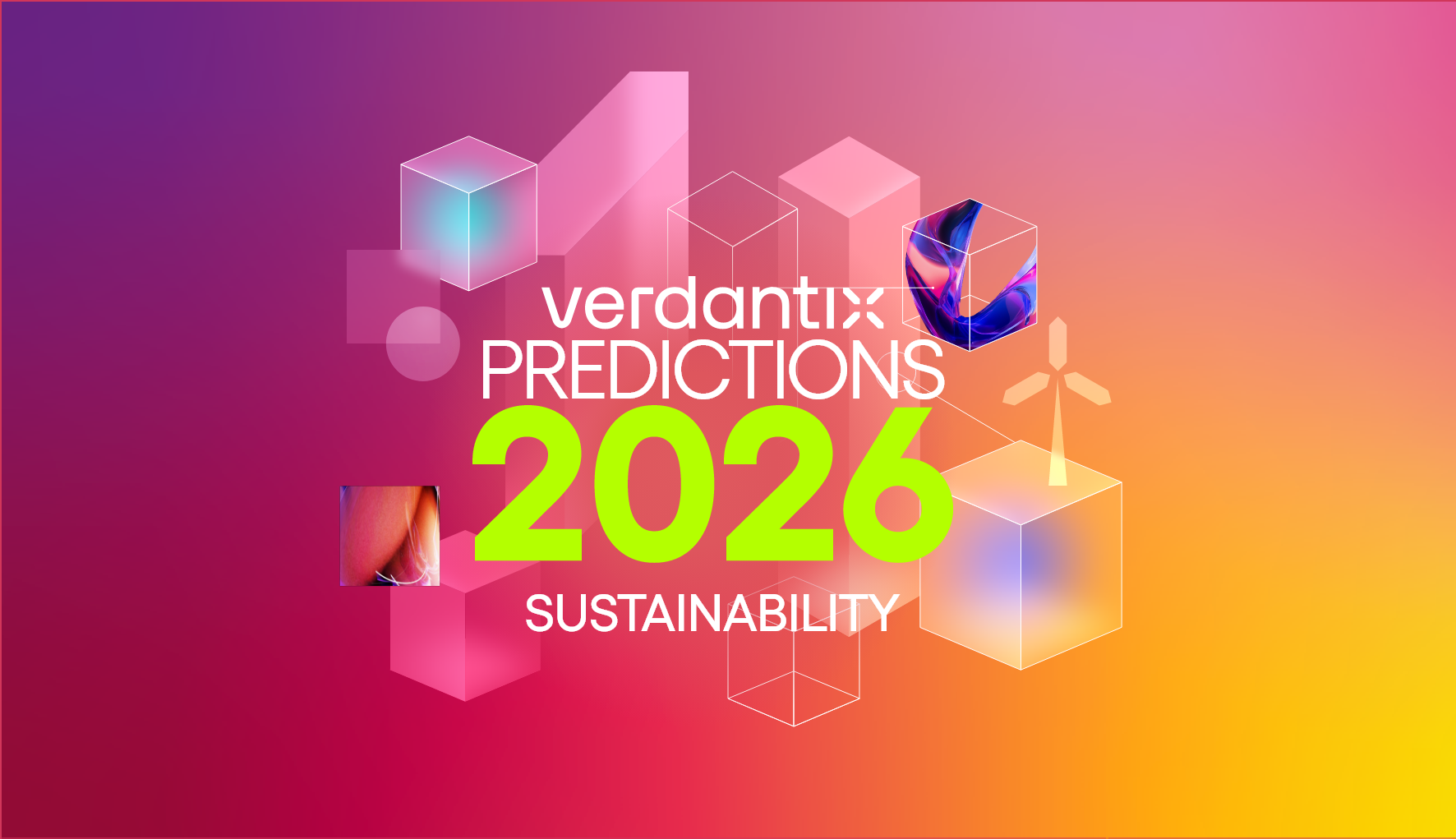Preparing For Integrated Reporting: A Guide For CFOs
The ESG reporting landscape is rapidly evolving. Mandatory integrated reporting is on the rise, with significant impacts on how ESG disclosures are organized and implemented within a firm. The integration of ESG into financial disclosures will require a substantial shift in strategy — and firms will need to start preparing now.
Global regulators and standard setters are moving fast as they seek to establish requirements on how and where ESG information should be reported. The EU Corporate Sustainability Reporting Directive, the US SEC Climate Disclosure Rule and ISSB-issued standards — all released for public consultation in Q2 2022 — have augmented the pressure on firms to elevate their reporting capabilities. The Verdantix report Strategic Focus: Integrating ESG into Financial Disclosures identifies the process, controls and technology changes that firms will need to operationalize to support the integration of ESG into financial disclosures. The transition to integrated reporting will require Finance and Sustainability executives to:
1. Encourage cross-functional collaboration to support data collection and governance. Integrated reporting will require firms to draw upon the subject-matter expertise of different departments. Only through engaging the entire organization, with established governance, will firms be able to ensure compliance and deliver value to stakeholders. To support this, firms should consider software applications which can aggregate ESG information from across the organization whilst aligning with regulatory requirements. Examples of software applications with these capabilities include Envizi (recently acquired by IBM), FigBytes, Metrio (recently acquired by Nasdaq) and Novisto.
2. Get assurance ready. Data traceability and immutability will be important prerequisites for complying with the CSRD and SEC requirements. Firms will need to build robust processes and controls into their reporting strategy and create structures of accountability to ensure that their disclosures stand up to scrutiny.
3. Invest in superior technology to elevate reporting capabilities. As ESG reporting transitions from a functional-level problem to an enterprise-scale issue, firms will need to consider creating an information architecture that builds upon existing IT assets, easily adapts to change over time and unifies the requirements of multiple internal stakeholders. Centralised technology ecosystems will be vital in helping to break down information silos.
As integrated reporting transitions from voluntary to mandatory, firms will be forced to reveal all: the good, the bad and the ugly. Investment in technology will be a key differentiator between the ESG leaders and laggards and we can expect to see software providers responding with innovative new products as they jostle to take the lion’s share of the market. Firms which are preparing for integrated reporting should consider how the capabilities of different software providers align with their organization’s ESG ambition. For more information on how ESG reporting software can support different use cases, see: Strategic Focus: Integrating ESG into Financial Disclosures.
About The Author

Lily Turnbull
Senior Analyst





